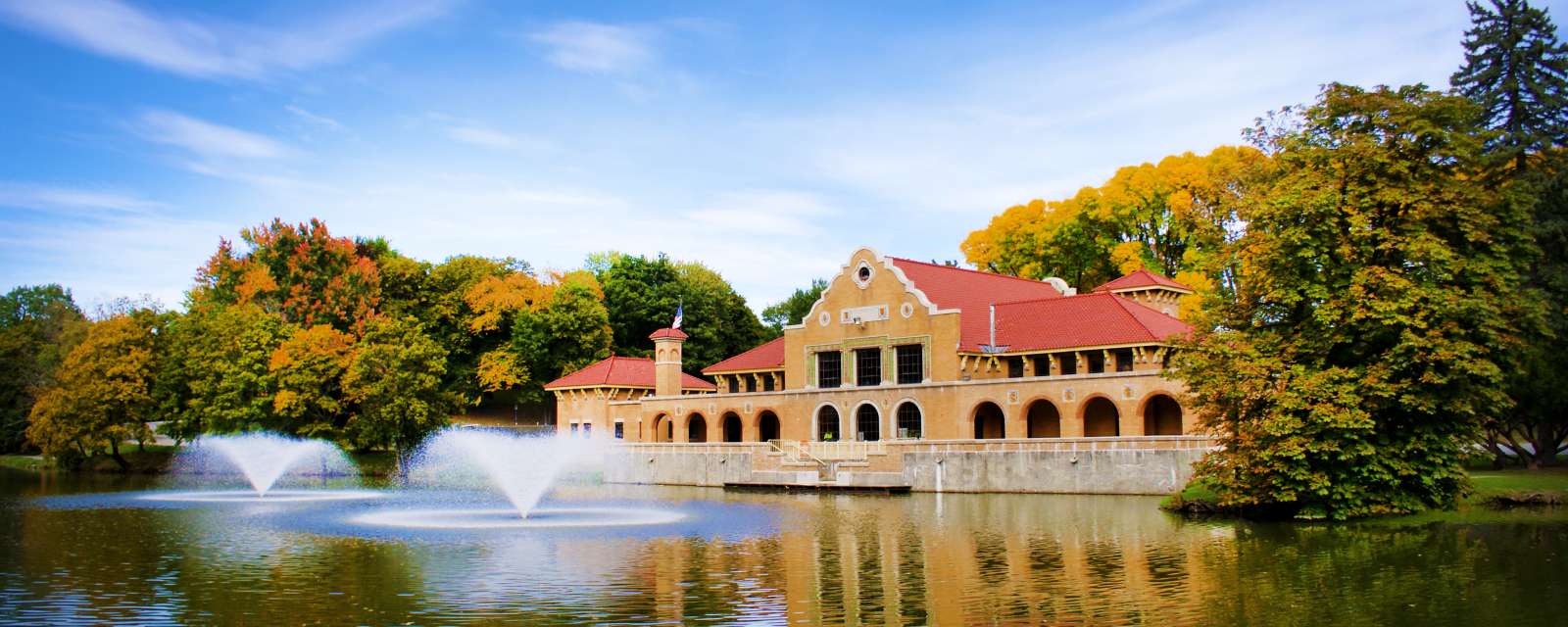
Known by Santa Claus, St. Nick, Father Christmas and many other names, the holly jolly visitor from the North Pole has been a presence in holiday stories and traditions across the world for centuries. But a big part of Santa’s place in the holiday we know today can be traced right back here to Albany.
Celebrations of this famous figure have taken place in the region since the Dutch first arrived with the figure of Sinterklaas the Dutch word for Saint Nicholas. In fact, according to the collection of Van Rensselaer Manor Papers found within the New York State Library, the earliest reference to Sinterklaas celebrations in New Netherland may have taken place in modern-day Albany.
Similar to how families bake and leave out cookies for Santa today, a 1675 baker's account reveals that Maria van Rensselaer set aside some money to purchase Sinterklaas treats for a holiday celebration. During this time, families would celebrate St. Nicholas Day or the Feast of Saint Nicholas on December 6. The Crailo State Historic Site still pays homage to this holiday with an annual St. Nicholas Day celebration in early December.
The figure we know as Santa today has been shaped by the Dutch’s Sinterklaas and other iterations from around the world. 19th-century stories published by Washington Irving and Clement Clark Moore’s poem “’Twas the Night Before Christmas” — first published in Albany’s neighboring city Troy — helped attach Santa Claus to Christmas.
But it was from the mind of Albany shop-owner Richard H. Pease that the link between Santa and holiday shopping took hold.
Pease was the owner of the Great Variety Store found at 518 Broadway in Albany from the 1840’s to the 1860’s. From this store, families could purchase everything from household items to accessories to toys and games. Pease was no stranger to the selling-power of Christmas, and it wasn’t long before he discovered the selling power of Santa himself.

During the Christmas season of 1842, Pease took out two advertisements in the Albany Evening Journal, first on December 17 and a week later on December 23. The ads featured Santa on a housetop ready to deliver a bundle of presents labeled “From Pease’s.” The ad goes on to say that Santa has supplied himself with items from The Great Variety Store to fill Christmas stockings and that “an endless variety” of presents can be purchased at the shop. This was the first known instance of Santa used as a holiday salesman.
Pease continued to leave his mark on holiday history producing America’s first Christmas card in 1849. Inspired by the first English Christmas card created a few years earlier, Pease gave out festive business cards depicting a family enjoying the holiday. The card listed the name of the store at the top with “A Merry Christmas and a Happy New Year” at the bottom and a place to write “To:” and “From:”.
From the first iterations of Saint Nicholas to today, Santa has become an enduring figure of holiday traditions. This includes the hustle and bustle of shopping that comes with the season and for that, we can look to Albany’s Richard H. Pease.
Photo Credit: Albany Argus, December 23, 1842. Collection of the Albany Institute of History & Art
Sources Used: "Albany Archives: The First Christmas Card," Spectrum News
"America's First Christmas Card" from the New York's Capital Region in 50 Objects online exhibit, Albany Institute of History and Art
"Baker's Account" from the Van Rensselaer Manor Papers online exhibit, New York State Library
Temple of Fancy: Pease's Great Variety Store, Albany Insitute of History & Art
Special thanks to the Albany Institute of History & Art and local historian Matt Malette






